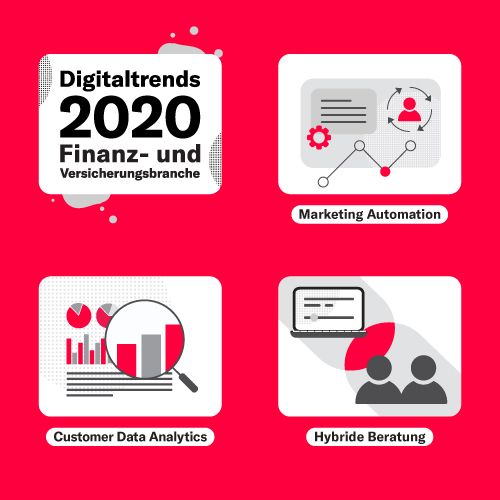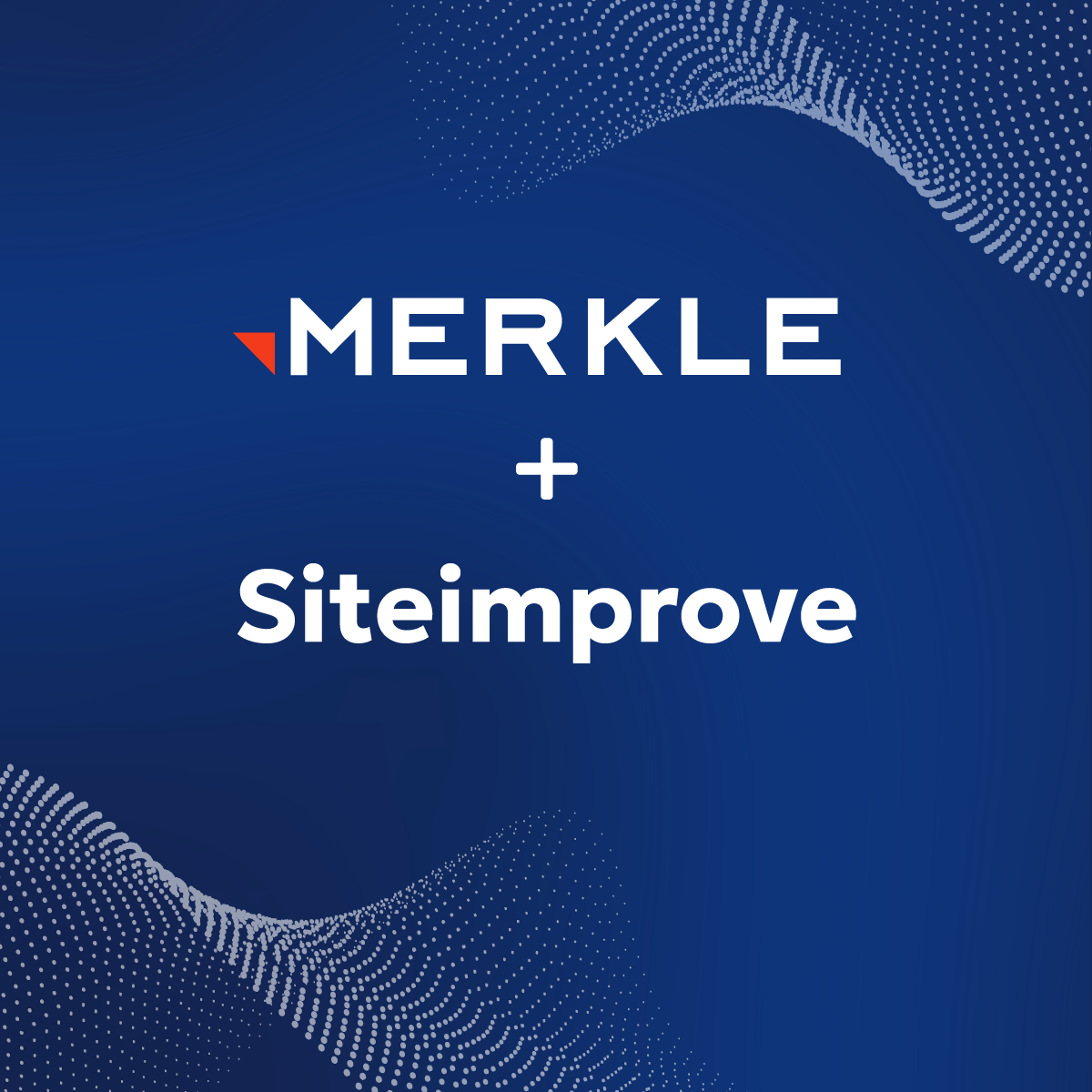Digital trends for the finance and insurance industry 2020
Marketing automation, customer data analytics, hybrid consulting - these are the trends you can expect in 2020

The year 2020 offers the finance and insurance industry a lot of new and exciting trend topics. To help you prepare for the new year in the best possible way, I would like to present my three favourites for the most important trends in the financial sector.
Digital finance and insurance trend 1: Marketing Automation
For a long time, the financial sector and especially banks, found it difficult to communicate digitally and data-based with their customers. However, thinking in terms of customer journeys has now become established. The next step is to create the appropriate interactions and play them out automatically. Pioneers in the field of marketing automation are Fintech and Challenger banks such as N26 or Revolut, as they are exclusively digital.
My best practice tip for you
Every interaction should follow the next best action approach, i.e. providing customers with the next measure with digital access at every digital touch point on the customer journey. As a financial services provider, you should view and analyze the customer journey from an outside-in perspective. It is also worthwhile to test fresh and bold interaction possibilities. After all, this is how you learn continuously. You can also find more information in our insurance study.
Digital finance and insurance trend 2: Customer Data Analytics
Customers expect their financial service providers to provide excellent advice and support in achieving their own goals. Traditionally, they have approached financial advisors with their wishes: financial service providers can use customer data analytics to identify the needs of their customers. The technology not only provides valuable knowledge, insights and advice for proactive action and advice. Customer Data Analytics thus raises personalization and the perceived value of consulting to a whole new level. The risk of missing or losing opportunities with customers is significantly reduced.
Other areas of application, some of which have been known for a long time, also range from churn prevention to up-selling and fraud detection.
My best practice tip for you
I recommend that you start small if you want to benefit from customer data analytics for proactive measures, for example with a single use case. You can then test this with the help of a pilot group and obtain personal feedback. You can adapt it accordingly and, if necessary, enlarge or review it again.
Digital finance and insurance trend 3: Hybrid Consulting
Not only in private pension provision (for more information, see our study), but also in the financial sector, online and offline consulting are increasingly merging. For a hybrid consulting approach, however the transitions must work perfectly. Some financial services providers have already started to invest in appropriate digital solutions. They allow part of the advisory process to be carried out digitally and then to be followed up in a personal meeting. Thanks to intelligent systems, the self-service options at the entry point lead to greater efficiency for both sides. In addition, advisors can prepare better for customer meetings, avoid the loss of data and information and achieve direct visibility. For customers, this means above all flexibility, convenience and seamless advice through various channels.
My best practice tip for you
To understand the consulting process from A to Z, insurance companies and banks need a solid understanding of the user journey, the business logic and the existing and required technology architecture. When these three perspectives come together, added value is created for all sides. This requires an organizational change at the provider, which unfortunately is often underestimated.












